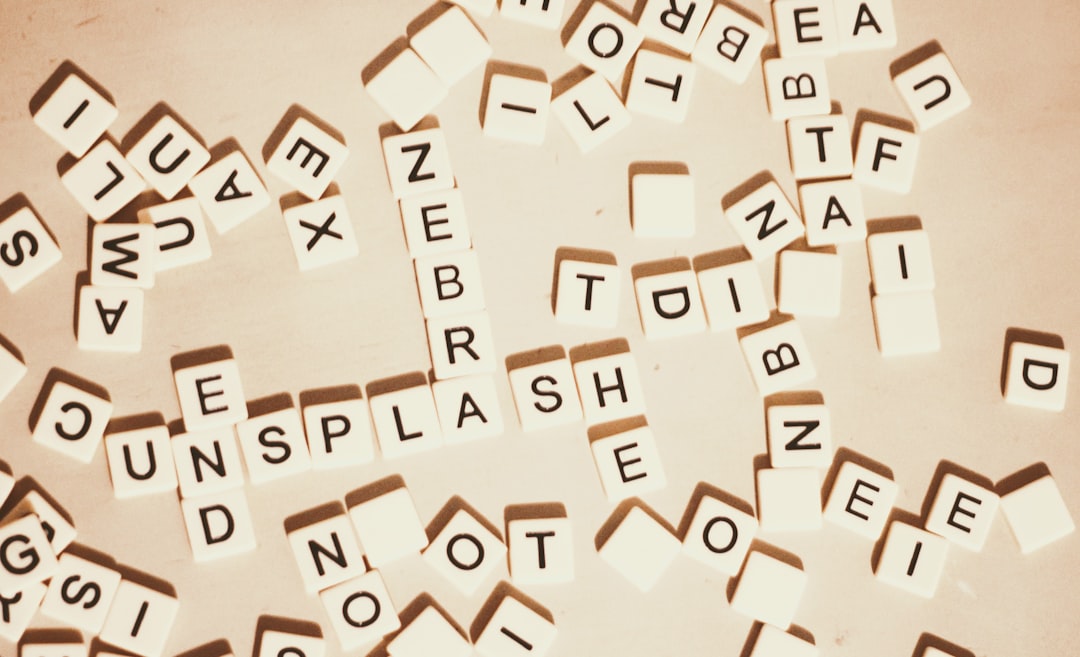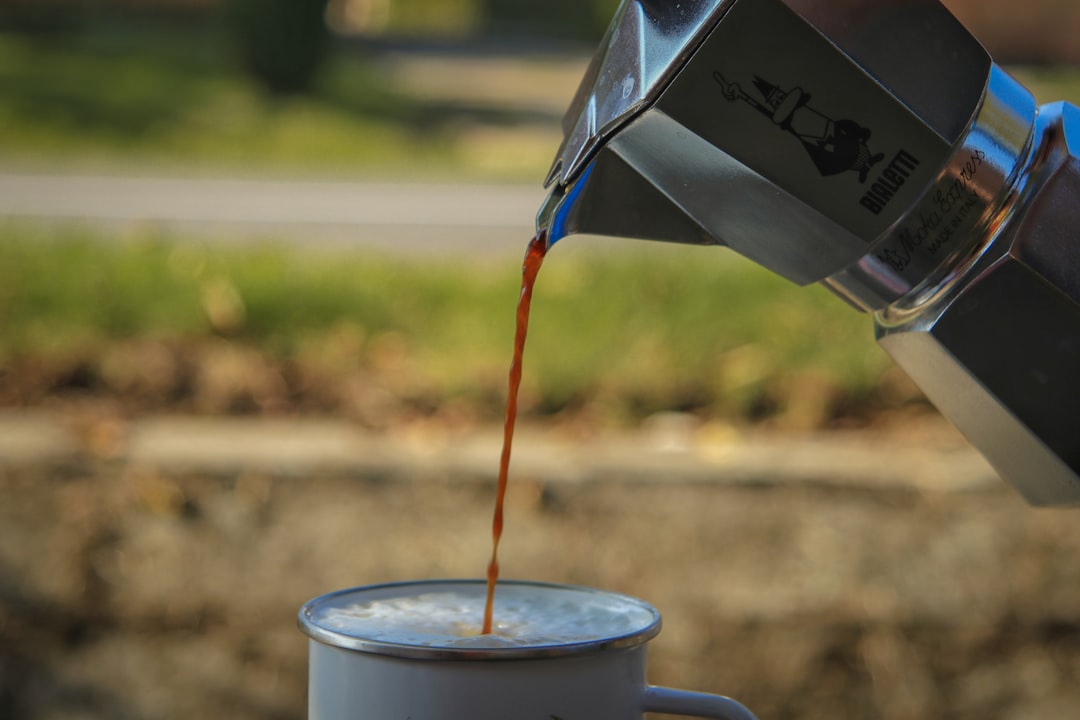**The New York Times word puzzle for June 10 is here, and it’s challenging as ever.** Fans across the globe eagerly await the puzzle’s release each day, eagerly deciphering clues to solve these daily brain-teasers. This particular puzzle is part of a long-standing tradition of engaging readers with word challenges, stimulating both the mind and the competitive spirit among puzzle enthusiasts.
Today’s puzzle offers an array of hints, each designed to test different aspects of your linguistic and logical skills. As usual, the clues range from straightforward to the delightfully cryptic, offering something for everyone from beginners to seasoned veterans.
For those who are new to these puzzles, the goal is to fill in the grid based on the clues provided. Each hint corresponds to a word or phrase that fits into the respective boxes, crossing with other words in the puzzle. The true challenge lies in interpreting the clues accurately and uncovering the correct answers.
Completing the puzzle not only offers a sense of satisfaction but also serves as a fantastic exercise for the brain. Studies have shown that engaging in activities like these can improve cognitive functions and even help delay age-related memory decline.
For those who find themselves stuck, the New York Times offers cryptic hints to nudge solvers in the right direction. These hints might involve wordplay, alternative meanings, or anagrams, which require solvers to think outside the box.
Solving puzzles such as the one from June 10 requires practice and a strategy. Here are a few tips to improve your puzzle-solving skills:
1. **Start with the Easy Ones**: Identify and fill in the answers you know immediately. This will help you create a foundation and offer clues for solving the harder ones.
2. **Look for Common Letters**: Words that use letters like S, E, and R are more common. Use them as anchors to help you find other words in the puzzle.
3. **Think Abstract**: Sometimes, the clues will be more metaphorical or use puns. Don’t hesitate to consider multiple meanings of a word.
4. **Take a Break**: If you find yourself stuck, stepping away for a while and returning with fresh eyes can make a big difference.
Remember, whether you’re a seasoned veteran or a novice, the joy of solving isn’t just about getting it right but enjoying the journey. The New York Times puzzles are designed to be more than just a test of knowledge; they’re a test of creativity and resourcefulness.
With the global popularity of the New York Times puzzles, the challenge it presents has brought together a community of solvers who share strategies, discuss tricky clues, and celebrate their triumphs. While technology might provide easy access to answers, the satisfaction derived from solving these puzzles lies in the journey and the mental exercise they provide.
This shared experience has even extended into the virtual world with forums and social media groups dedicated to discussing daily puzzles, offering solvers a place to engage, debate, and improve their skills.
In conclusion, the New York Times word puzzles stand as a monument of both entertainment and mental exercise, continually engaging millions around the world. If you’ve yet to try today’s puzzle, carve out a quiet moment and give it a whirl. Who knows, you might just find it the start of a delightful new hobby.
IT Trend
NYT Strands hints
















Leave a Reply